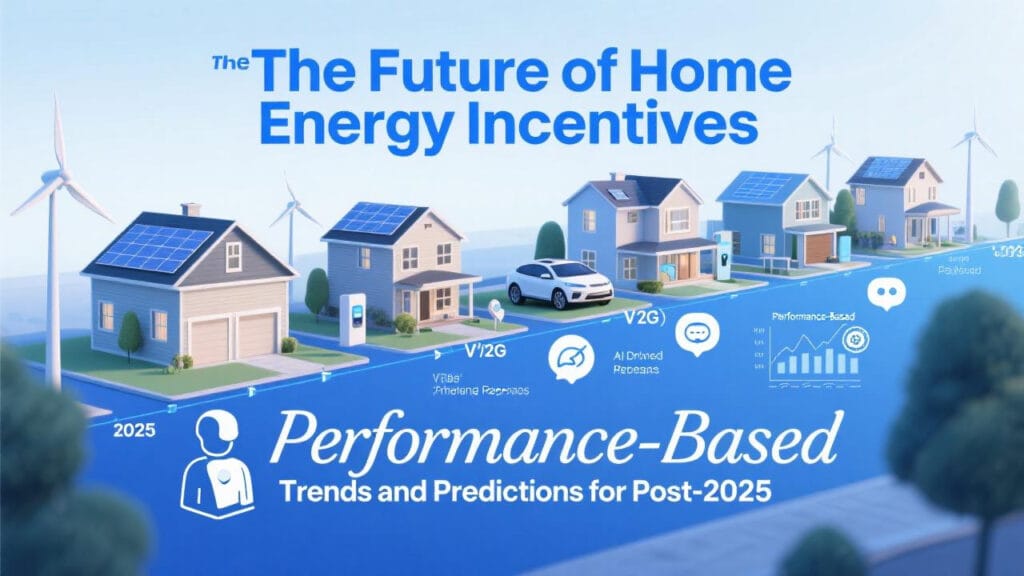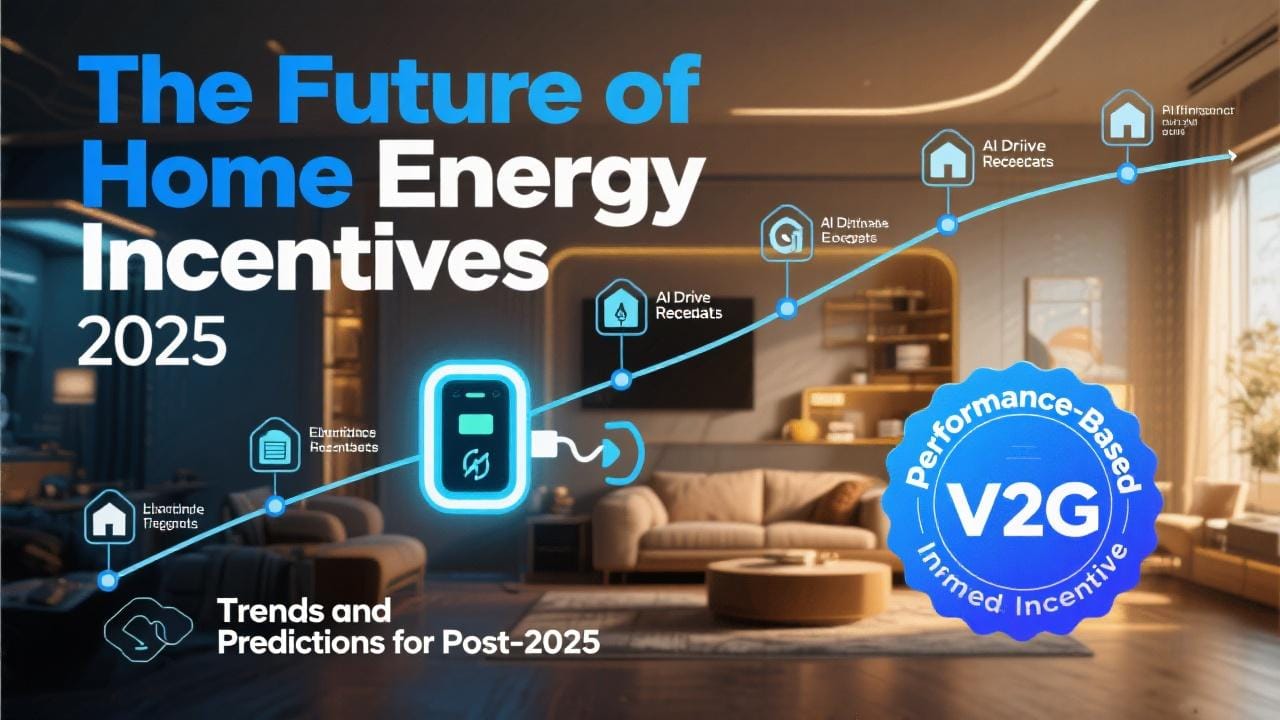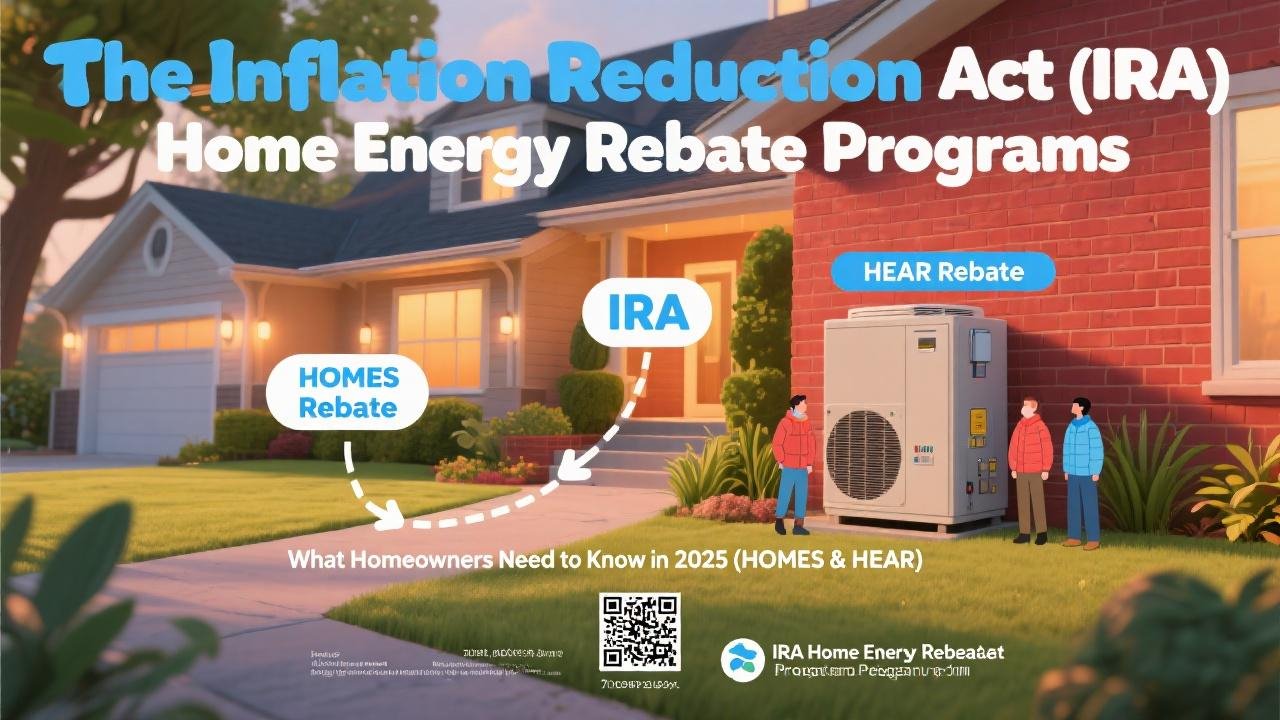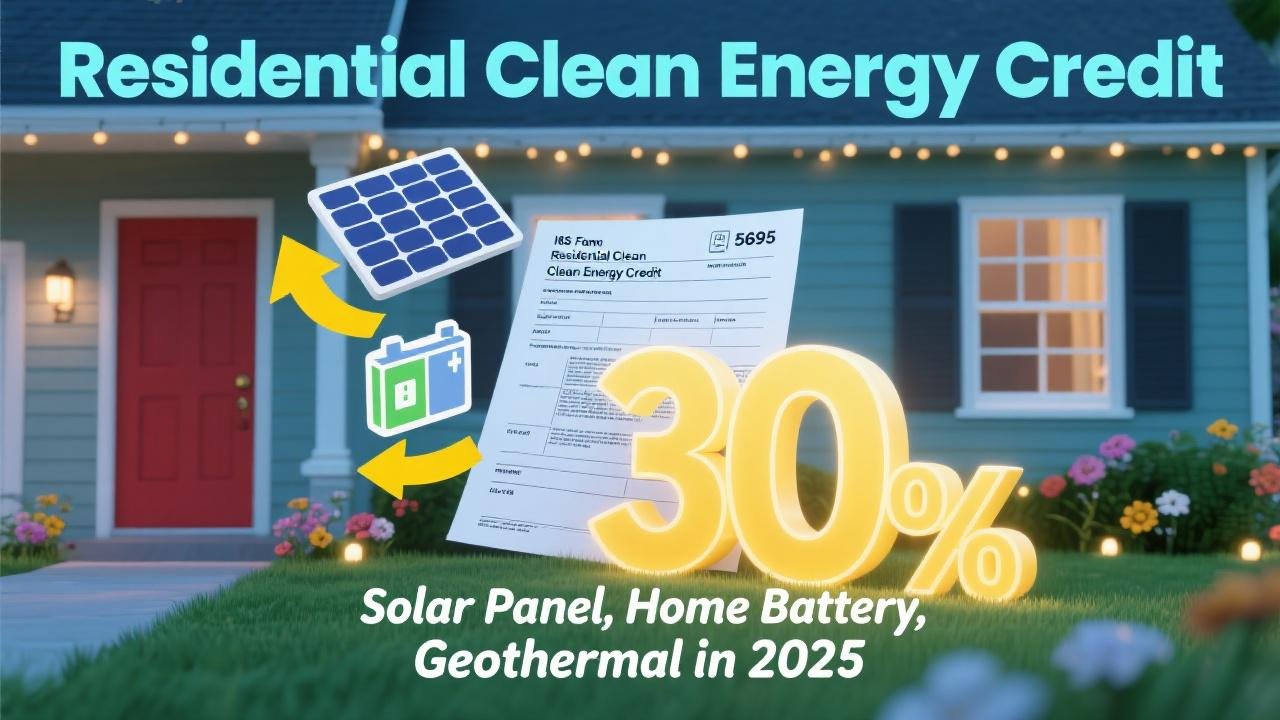Powering Tomorrow’s Homes – What Lies Beyond 2025?
The landscape of home energy incentives has been significantly shaped in recent years, particularly by the landmark Inflation Reduction Act (IRA) of 2022, which extended and created robust tax credits and rebate programs designed to accelerate the adoption of clean energy and energy efficiency through the early 2030s. As homeowners in 2025 take advantage of these opportunities, it’s natural to wonder what the future holds for such incentives beyond the current legislative horizon. While predicting specific policy outcomes is challenging, we can examine current trends, policy goals, and technological advancements to anticipate the direction of home energy incentives post-2025.
Current State of Play: The IRA’s Long Tail (Through 2032-2034)
It’s crucial to remember that many of the most significant federal incentives active in 2025 have a long lifespan under current law:
* Residential Clean Energy Credit (Solar, Battery, Geothermal): The 30% credit is locked in through 2032, then phases down to 26% in 2033 and 22% in 2034 before expiring, unless extended.
* Energy Efficient Home Improvement Credit (HVAC, Windows, Insulation): The current structure with its annual limits (e.g., $2,000 for heat pumps, $3,200 overall) is in place through December 31, 2032.
* IRA Home Energy Rebate Programs (HOMES & HEAR): These programs are funded with a specific multi-billion dollar allocation intended to be distributed by states over several years as they launch and administer their programs. The availability will depend on how quickly states utilize their allocated funds.
This means that for the next several years, the primary framework for federal incentives is largely set. However, the effectiveness and uptake of these programs, along with evolving energy market dynamics and policy priorities, will shape what comes next.
Potential Trends and Predictions for Post-2025 Energy Incentives:

- Continued Focus on Electrification and Decarbonization:
- Trend: National and global goals to reduce carbon emissions will likely continue to drive policies that favor electrifying homes (switching from fossil fuels to electric appliances like heat pumps, heat pump water heaters, induction stoves) and powering them with clean electricity.
- Prediction: Incentives supporting beneficial electrification are likely to persist in some form, possibly shifting focus as technologies mature or as new challenges (like grid capacity) emerge.
- Emphasis on Grid Interactivity and Demand Response:
- Trend: As more intermittent renewables (like solar and wind) are added to the grid, and as EV adoption grows, managing electricity demand becomes more critical. Smart thermostats, smart EV chargers, home batteries, and grid-interactive water heaters are key technologies here.
- Prediction: Future incentives may increasingly target “grid-edge” technologies and programs that allow homes to provide services back to the grid or dynamically adjust their consumption. This could include enhanced incentives for smart devices that participate in utility demand response programs.
- Performance-Based Incentives and Whole-Home Approaches:
- Trend: There’s a growing recognition that achieving deep energy savings often requires a holistic, whole-home approach rather than just piecemeal upgrades. The IRA’s HOMES rebate program, which ties rebates to measured or modeled energy savings, is an example of this.
- Prediction: We may see more incentives structured around verified energy performance improvements, encouraging comprehensive retrofits and rewarding deeper savings. This could involve more sophisticated energy modeling and post-retrofit verification.
- Targeting Equity and Low-to-Moderate Income (LMI) Households:
- Trend: The IRA placed a strong emphasis on ensuring LMI households can access the benefits of clean energy through enhanced rebates (like HEAR and doubled HOMES rebates).
- Prediction: This focus on energy equity is likely to continue, with future programs potentially incorporating more direct upfront assistance, community-based initiatives, and financing solutions tailored to LMI homeowners and renters.
- Evolving Role of Tax Credits vs. Rebates:
- Trend: Tax credits benefit those with sufficient tax liability, while upfront rebates or point-of-sale discounts (like HEAR) are often more effective at enabling participation from LMI households or those without large tax burdens.
- Prediction: There might be a continued shift towards or a better balance of upfront incentives for certain technologies or target populations, while tax credits might remain for larger capital investments like solar. The success and administrative lessons from the IRA rebate programs will heavily influence this.
- Focus on Resilience and Climate Adaptation:
- Trend: With increasing extreme weather events, incentives for measures that enhance home resilience – such as battery storage for backup power, storm-resistant windows, and robust building envelopes – are gaining importance.
- Prediction: Future programs may more explicitly link energy efficiency and renewable energy incentives with climate resilience goals.
- Influence of Technological Advancements:
- Trend: As new technologies mature and their costs change (e.g., next-generation solar cells, advanced battery chemistries, innovative insulation materials), incentive structures may adapt.
- Prediction: Incentives might shift to support the adoption of newer, highly promising technologies that are not yet at full market scale, while incentives for more established technologies might phase down as their costs decrease naturally.
- State and Local Innovation Will Continue:
- Trend: States and cities often act as laboratories for energy policy innovation. We’ll likely continue to see diverse approaches to incentives at the sub-federal level, tailored to local needs and resources.
- Prediction: Successful state and local models may influence future federal programs. The DSIRE database will remain a key resource for tracking this diverse landscape.
- Potential for “Sunset” and Policy Shifts:
- Reality: Most incentive programs, including federal tax credits, have expiration dates or phase-down schedules. Political changes can also lead to shifts in energy policy priorities, potentially affecting the extension or modification of existing incentives or the creation of new ones.
- Prediction: Homeowners should always aim to take advantage of currently available incentives, as future availability is never guaranteed. Staying informed about legislative discussions around energy policy will be important.
An Evolving but Enduring Commitment to Clean Energy
While the specific mechanisms and funding levels of home energy incentives will undoubtedly evolve post-2025, the underlying drivers – the need for decarbonization, energy security, cost savings for consumers, and grid stability – suggest a continued societal commitment to supporting clean energy and energy efficiency. Homeowners can anticipate an ongoing, albeit potentially shifting, landscape of opportunities to make their homes more sustainable and affordable. Keeping abreast of policy developments at all levels of government and leveraging resources like EnergySage to understand current offerings will remain key to making smart, timely investments in your home’s energy future.



